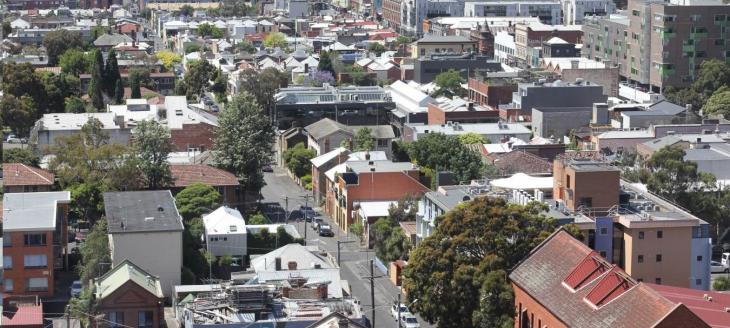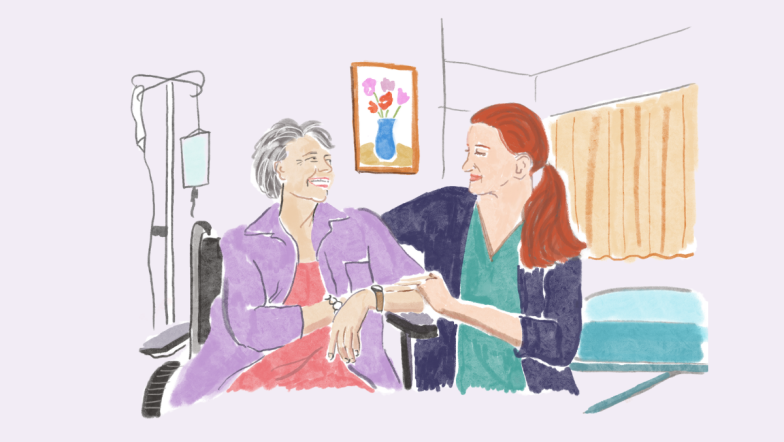We’re sending people to prison for being homeless, and we need to stop
15 Jan 2019
By Samantha Sowerwine
This article was originally published by The Guardian.
Tougher laws are not the solution so social problems like homelessness, mental illness and substance abuse. So let’s stop pretending they are.
From 2012 to 2017, the number of people imprisoned in Australia grew by a third. This wasn’t in response to any crime wave, or any increase in crime at all. Over that same period, the United States has seen their prison rates fall.
What has been on the rise alongside this alarming trend is homelessness. Homelessness sits at the centre of a complex web of major social problems, including family violence, mental illness, racism, substance dependence and imprisonment.
Every day we see men and women facing a system that seems designed to drive them into homelessness. When we first spoke with Madeleine*, a young Aboriginal woman in prison, she was frantic. She had received a letter from the Director of Housing telling her that she had been absent from her property for more than the allowed six month period and would need to vacate the property immediately.
Madeleine had been in public housing for 10 years without any issues as a tenant. She was eligible for parole in three weeks and her parole officer was upbeat about her chances. But without a home to go to, Madeline’s chance of getting released on parole looked slim.
An Aboriginal woman in her 30s with substantial mental and physical health issues, a Centrelink income that wouldn’t cover private rental and no family she could stay with, Madeleine was at risk of homelessness and desperate to avoid it.
Shortly after, Madeleine received an eviction notice. Fortunately, she was in contact with us at Justice Connect and due to our intervention her application for parole was successful and she was able to go home to build a new life.
“One in four people currently in prison were homeless in the month leading up to their incarceration.”
But Madeleine’s story is not the norm. The raw numbers tell the story – one in four people currently in prison were homeless in the month leading up to their incarceration. Being in prison is a very real risk to secure housing – one in three people exiting prison do so without a home to return to. The rate of prisoners exiting into homelessness has risen by 188% in the last five years.
Homelessness is more common, lasts longer and is more likely to reoccur for people with a history of imprisonment, and former prisoners are twice as likely to return to prison within nine months if they are homeless.
The litany of statistics goes on. Since 2011, the number of female prisoners has nearly doubled, with Aboriginal women being massively overrepresented. The common experience among this group? The huge prevalence of family violence. Women fleeing violent partners are frequently forced into homelessness – at first sleeping on couches, then in cars and potentially winding up in parks or on the street.
If prison increases the odds of homelessness, and homelessness increases the odds of future imprisonment, we must acknowledge the disproportionate and devastating impact of imprisonment on Aboriginal people. The number of Aboriginal and Torres Strait Islander people in Victorian prisons has increased by 200% in the last decade, making up 9% of overall prison population. At the same time, Aboriginal and Torres Strait Islanders now make up 20% of the homeless population.
“Not only is housing central to keeping people out of prison, it’s crucial for helping people dealing with problems like substance dependence and and family violence.”
The interconnected nature of all of these problems highlights the need for government to do better in providing housing and integrated services. Supporting people in times of great vulnerability with legal help, social work and access to healthcare plays a vital role in reducing homelessness and recidivism. Increasingly punitive behaviour from governments, trying to solve social problems like homelessness, mental illness and substance dependence with the heavy hand of law enforcement clearly only exacerbates these same problems.
Not only is housing central to keeping people out of prison, it’s crucial for helping people dealing with problems like substance dependence and and family violence. Likewise, making sure people can exit prison into a safe home is vital for their ability to reintegrate post release.
There is a compelling economic argument too. Ensuring prisoners exit prison into housing has never been more necessary. Recidivism rates are reaching all-time highs and incarceration costs around $111,000 per person every year. Reducing re-offending is good for everyone, and housing is an obvious way to do it. It’s cheaper too.
Prison is expensive, breaks up families, adds to social harm, and exacerbates people’s existing problems. Access to housing is a crucial – perhaps the crucial – component of tackling Australia’s growing, costly imprisonment problem.
*name has been changed


